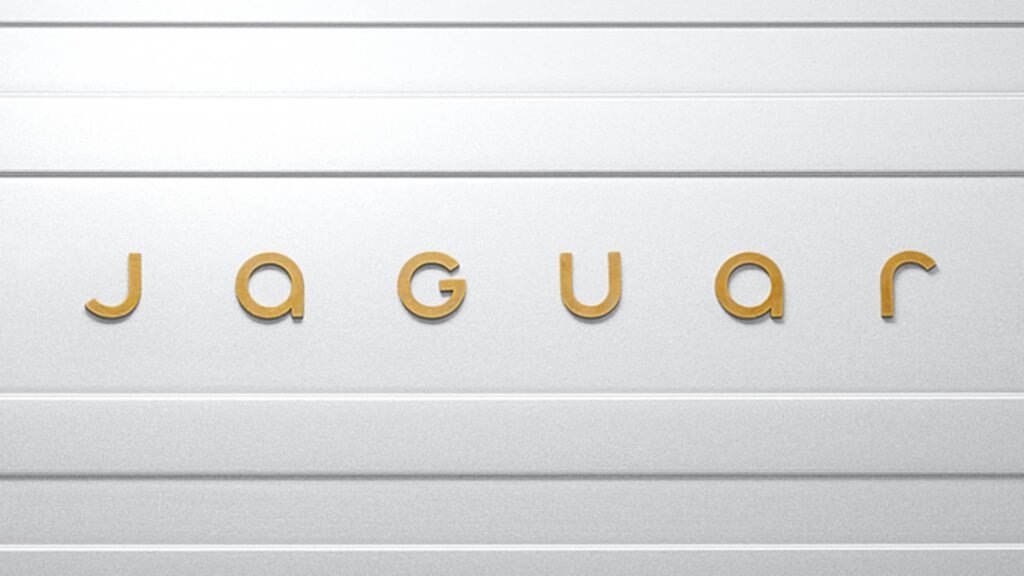Jaguar rebrand controversy sparked intense backlash, with critics labeling the bold rebrand as woke and alienating. Jaguar, renowned for its luxurious and high-performance vehicles, launched the “Copy Nothing” campaign to attract younger, first-time buyers.
The campaign featured vibrant technicolor visuals showcasing models but omitted cars, triggering immediate criticism on social media platforms like X. Elon Musk, CEO of X, mocked the advertisement, asking, “Does Jaguar even sell cars anymore?” Jaguar’s managing director, Rawdon Glover, defended the rebrand, denouncing the hateful comments directed at those in the ad.
The rebrand replaces Jaguar’s iconic roaring cat logo and bold font with a minimalist design using lowercase letters and a stylized “G.” Jaguar also relegated its classic leaping cat emblem to hidden placements on concept vehicles, a decision upsetting longtime fans. Critics claimed the changes abandoned Jaguar’s heritage, accusing the company of chasing fleeting trends rather than honoring its legacy.
Jaguar’s creative officer, Gerry McGovern, embraced the criticism, stating the campaign intended to challenge perceptions and disrupt automotive norms. He emphasized that the campaign aligns with Jaguar’s pivot to electric vehicles, which began with the launch of an all-electric model in 2026.
While some industry experts consider the rebrand bold and innovative, others call it “cultural vandalism.” Despite the controversy, Jaguar’s ad generated 161 million views, indicating significant public interest. The company will present its “design vision concept” at Miami Art Week in December, teasing a futuristic electric vehicle without a rear window.
Jaguar plans a one-year production hiatus. Its future hinges on whether the rebrand captivates younger buyers or alienates loyal customers. The Jaguar rebrand controversy highlights the risks and potential rewards of reinventing a legacy brand in a competitive EV market.











